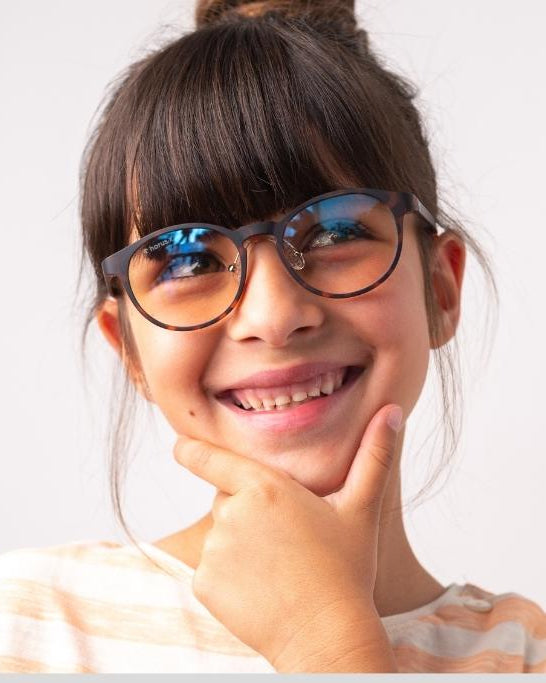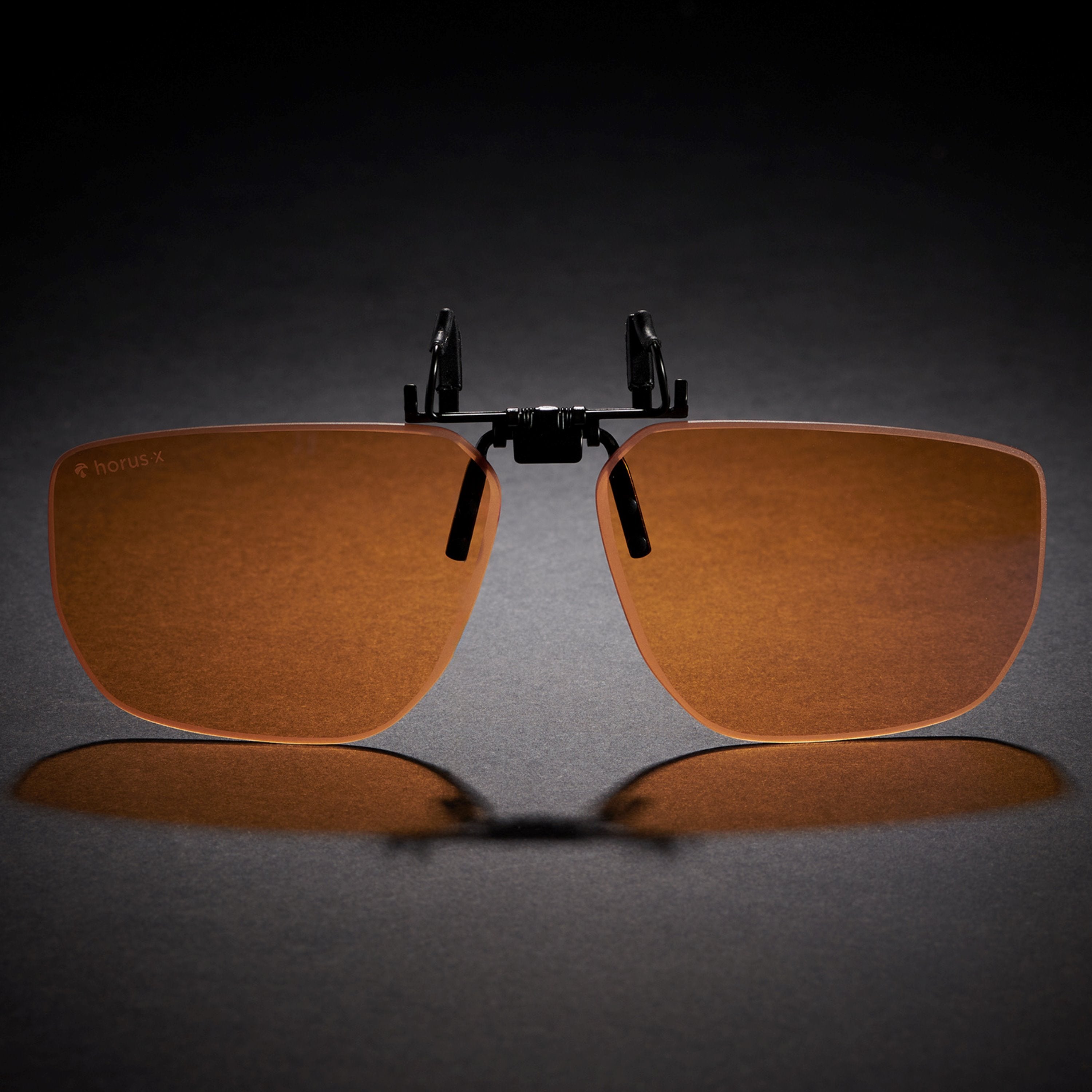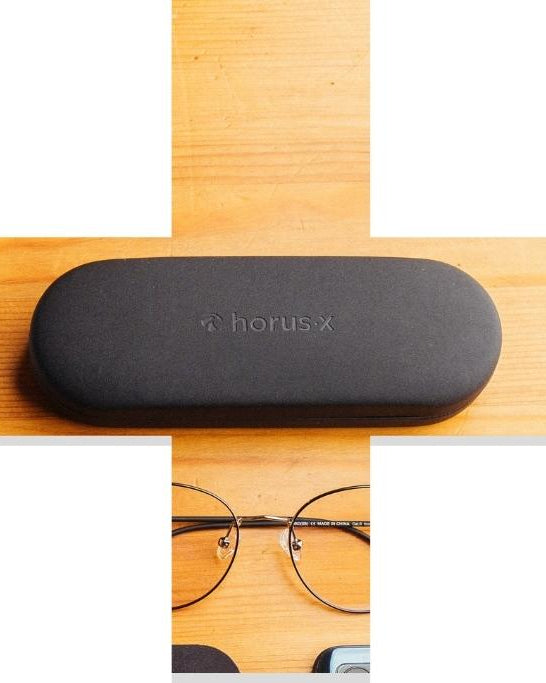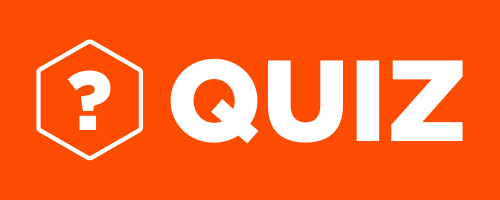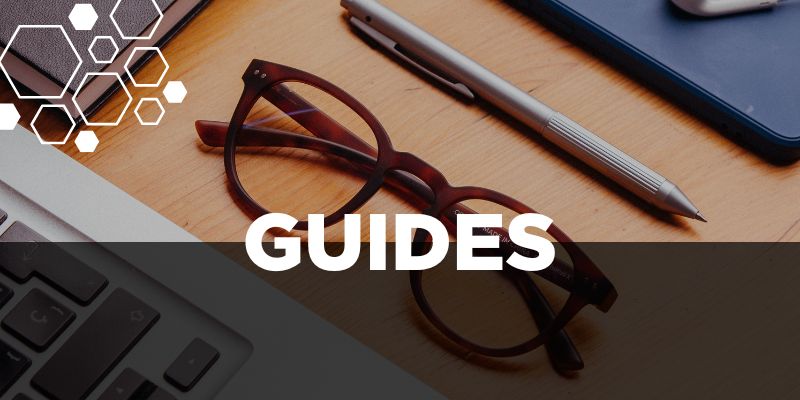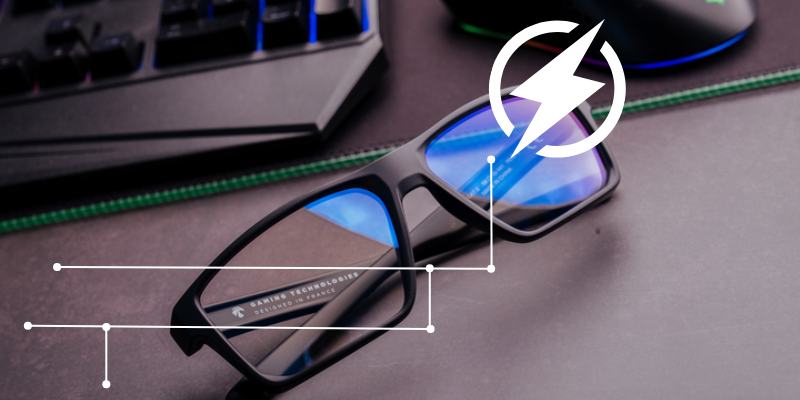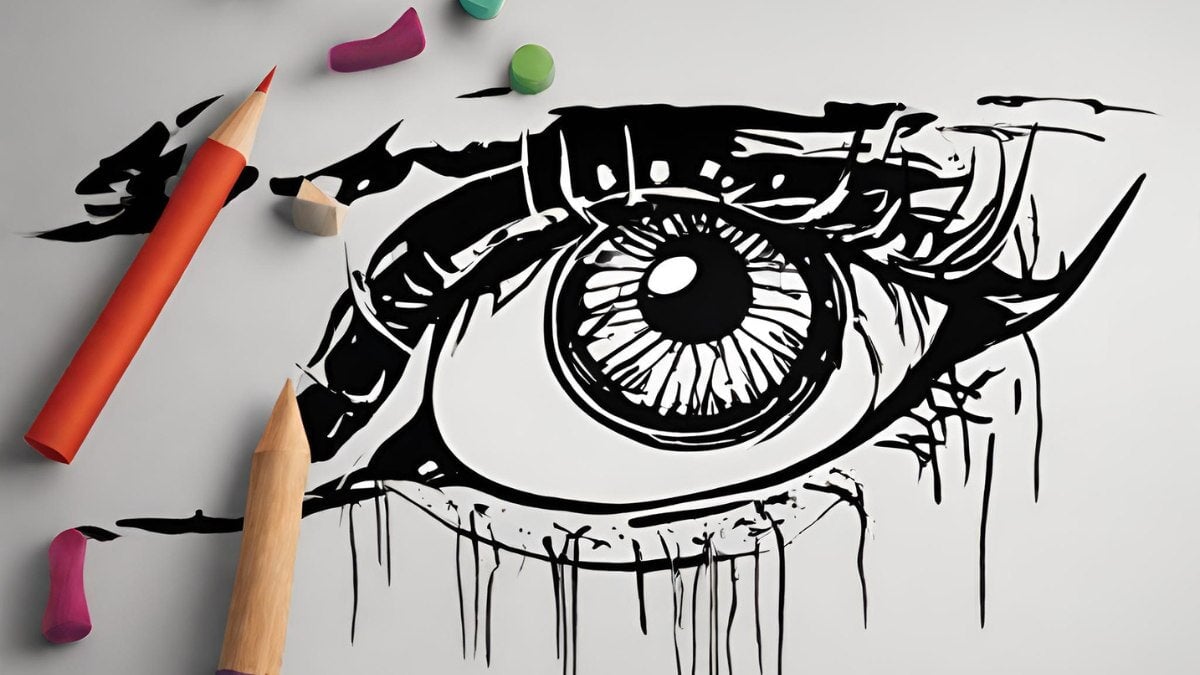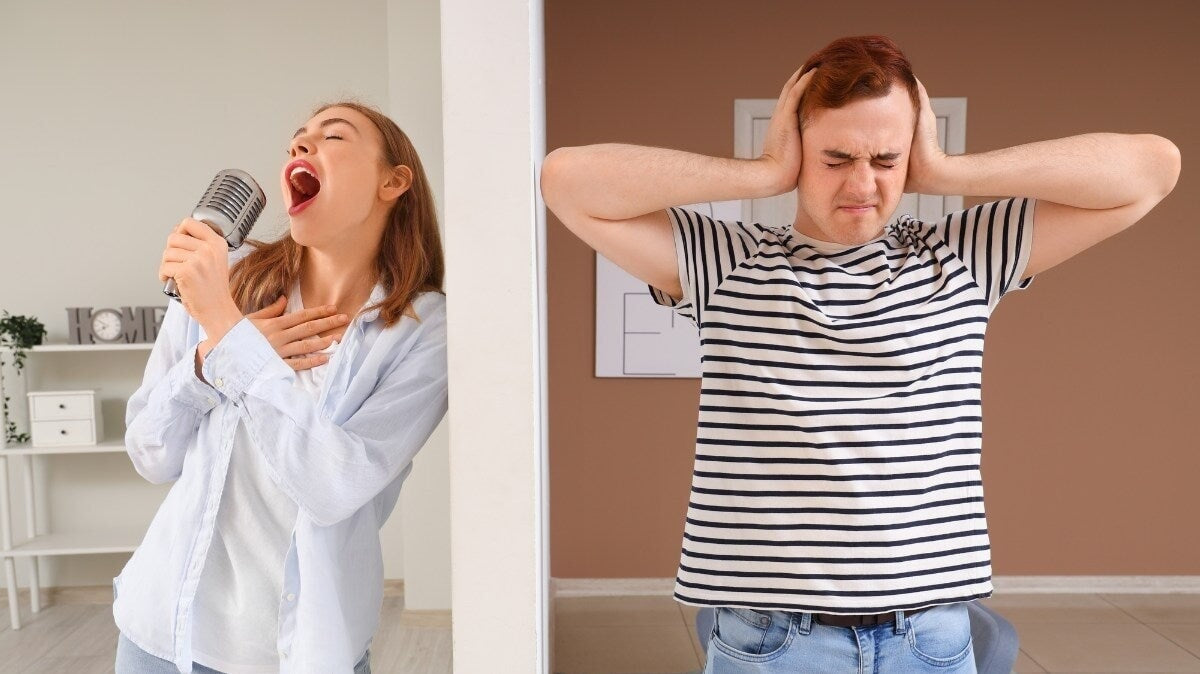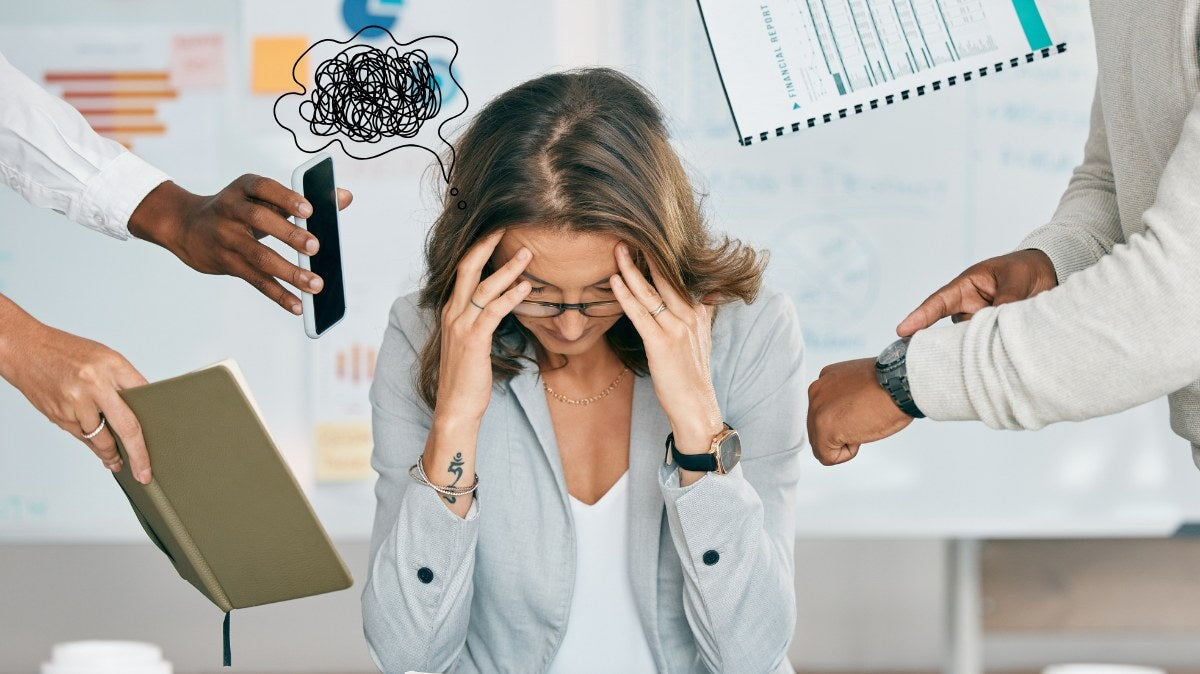Hand-eye coordination is when you catch the football, rather than letting it fly by and smack you in the face. In other words, it’s the communication between the information received by your eyes and the actions performed by your hands. Needless to say, some of us are better at it than others.
If you want to see how you measure up against your peers (or maybe you’re trying to find an excuse for your clumsiness), there are several hand-eye coordination tests you can try. These will help you asses your level of coordination and we’ll also give you some tips on how to improve it.
PSA: Don’t use anything hard.
What is hand-eye coordination?
Also called oculomotor coordination, hand-eye coordination refers to the coordinated movement between the eyes and hands. In practice, it is the ability to guide and c correct the movements of your hands according to what your eyes perceive, simultaneously.
Hand-eye coordination is a constant part of daily life, and is used during activities such as:
- 🧑🍳 When you cook: Without it you might end up chopping off a finger, making your salad no longer vegan.
- ✍️ When you write
- 🚗 When you drive: No one wants you to drive like you’re playing GTA for the first time.
- 🎮 When you play video games: Your eyes tell you when to sneak up and kill the guards, and your hands do the stabbing.
- ⌨️ In front of your computer: Using a keyboard and mouse to design your best ever Sims house, or reply to your coworkers.

Basically, in every facet of life, you’ll inevitably end up using hand-eye coordination. It’s essential for manual work, but used in pretty much every scenario.
Despite seeming simple, it actually requires the brain to process several complex functions and mechanisms at the same time. This includes your eyes, cerebral cortex, the cerebellum, brainstem, peripheral cortex, frontal lobe and parietal lobe.
For example: a book you want to move onto a table.
Your eyes will first visualize the object. But at the same time, they’re also assessing the surrounding area for potential obstacles, dangers and to measure the distance between yourself and the book. All this information is analyzed in your cerebral system, which will then transmit instructions for grabbing the book to your hands, based on what your brain perceives.
If the object is a magic book and moves in the meantime, you can correct your hand movement thanks to your eyes feeding this information back to your brain. Success!
Of course, all this happens completely subconsciously. Hand-eye coordination is a skill we develop during early childhood, but it can still be improved in adulthood.
How to develop hand-eye coordination
In childhood, hand-eye coordination develops in stages:
- At birth: A child does not yet have this ability.
- Around one month: Baby's eyes begin to follow the light. This is the beginning of the development of hand-eye motor coordination.
- Around 3 months: They will begin to understand the existence and movement of their hands, but can’t yet control their movements.
- From 3 to 9 months: Babies will gradually exercise their hand-eye coordination by grabbing objects, shaking them and bringing them close to their head or bringing them to their mouth.
- From 8 to 11 months: The child begins to pass an object from one hand to the other.
- At age one: The child begins to clap their hands; a sign that they have better mastered the coordination of their limbs.
- Around 18 months: They now understand the physical manifestation of objects. They further refine their hand-eye coordination by practicing with toys. They might even solve a Rubiks Cube faster than you.
- Around 2 years: You start to see coordination between their hand movements
- Around the age of 3: The child will start to do activities that strengthen their hand-eye coordination such as dressing themselves, dealing with buttons, and undoing knots, among other things.
- Later, learning to draw and write is a key step in learning hand-eye coordination.
This shows that early childhood is fundamental in the proper development of hand-eye coordination. But you can still do exercises at any age to strengthen your skills.

Issues with hand-eye coordination
Due to certain situations, you may find yourself suffering from poor hand-eye coordination. This includes (but isn’t limited to):
- 👀 Vision disorders: Visual acuity is an essential element in mastering hand-eye motor coordination
- ✋ Motor disorders: Could be from a disability, lesions, injuries etc.
- 🧠 Cognitive disorders can also impact hand-eye coordination
- 🤕 Brain damage: Particularly to the cerebellum, which can interfere with hand-eye coordination function.
- 👴🏼 Aging also leads to degeneration of the cortex and eyes (known as macular degeneration). Thie can lead to difficulties in coordinating eyes and hands, especially for rapid and precise actions.
- 🩺 Certain pathologies such as Parkinson's disease. Disorders that affect movement, inevitably have a heavy impact on the oculomotor coordination of those affected.
How to test your hand-eye coordination
Why test your coordination – and how?
Evaluating hand-eye coordination is useful from a young age, so if you have kids, do this test on them too. This will allow you to detect potential difficulties with learning how to write, foresee any issues in day-to-day life, like throwing controllers at your head, and later in their professional lives. For example, you don’t want someone with terrible hand-eye coordination operating heavy and sharp machinery.
Coordination is also a crucial skill for gamers. Especially if you’re partial to a rhythm game or like being a sniper in COD. Luckily, a good gaming setup can help a bit.
There are several ways you can assess your eye motor coordination. Testing involves examining key parameters such as synchronization, simultaneity, speed, discrimination and coordination.
You might need a few accessories that you can find online or in your house, for a simple home test. If you are seriously concerned, however, it’s always best to contact the relevant health professionals like orthoptists, neurologists, or ophthalmologists for reliable and in-depth results. It’s always important to get an exact diagnosis for the best treatment.
Easy hand-eye coordination tests to try at home
There are plenty of activities you can do at home that let you assess your coordination abilities. Some simple tasks are:
- ⚾️ The ball test: Very simple (or not, depending on your skills), just throw a ball in the air and catch it when it falls.
- 🤹 Juggling: For the circus performers! You can start with one, two, then three balls (just avoid doing it next to valuable objects, in case you have the same dexterity as Homer Simpson).
- ✏️ Labyrinths: As in, draw your way out of a paper maze. No one is going to turn up at your door with a minotaur.
- 🏹 Targeted throwing: You can also try activities like archery, basketball, or clay pigeon shooting if you feel fancy. And we mean in real life, not on your video game.
So, are you more Link or Goofy? In any case, we'll see you at the end of the articles to improve your hand-eye coordination with some tips!

Medical tests to assess hand-eye coordination
There are also real medical tests you can do at home to test your hand-eye coordination skills.
- The Grooved Pegboard test: This consists of placing different pins in holes in a grooved panel in a given order.
- Purdue Hand-Eye Coordination Test: Same as above, except that washers and nuts will be used in addition to the pins on the grooved panel.
- Nine Pin Test: Often used by health professionals in the context of rehabilitation; it consists of removing and then replacing 9 identical pegs in a pierced board, always in the same order.
- Number and Letter Link Test: This test aims to link numbers and letters in a precise order to test motor and cognitive coordination.
- VMI (Visual-Motor Integration) test: Often performed on children, it assesses the link between visual perception and motor skills by getting the participant to reproduce geometric shapes by hand.
- Finger Tapping Test: This measures the speed and coordination of finger tapping movements.
- Tests on a tablet or digital equipment. This could be the UPDA-SHIF synchronization test which consists of following the movements of a ball with a cursor; the DIAT-SHIF Simultaneity test which adds a visual stimulus in addition to the ball to follow, and the HECOOR (Hand Eye Coordination) test, where the patient must click on light dots that appear on a screen.
💡 Important: While these tests can be manufactured at home, only a health professional can advise you on them, offer others and analyze the results based on your profile and needs.
How to improve your hand-eye coordination: Our advice
You know we always like to offer our personal recommendations here at Horus X. The good news is clumsiness and lack of skill are not an inevitability. You can improve your coordination abilities with some practice and effort.
First of all, it may not seem too related, but the health of your eyes is essential for oculomotor coordination. If your eyes are stinging, for example, you’re not going to catch that ball very easily. Make sure you always have regular checkups with an ophthalmologist.
Remember to keep your eyes healthy and safe from potential dangers like blue light and UV rays. Luckily, there are plenty of glasses designed specifically for that.
We are exposed to blue light daily, especially those of us who work with screens, or play a lot of games, or binge a lot of series. It harms your sleeping pattern, tires your eyes, and increases the risk of diseases that can impact your hand-eye coordination.
Luckily, anti-blue light glasses also exist to help with this. These have the best filtration of harmful waves on the market, keeping your eyes safe while looking stylish.
Join the 250,000 people who trust Horus X to protect their eyes!
Also, ensure you’re getting plenty of rest. Tired eyes are unhappy eyes.

If you’re doing all this and still aren’t happy with your hand-eye coordination skills, there are some activities you can try to strengthen them:
- 🎾 Play more ball games: Tennis, juggling, rugby, badminton for example.
- 🧗♂️ Climbing: This is an activity often recommended to improve hand-eye coordination because movement depends solely on finding suitable spots with your eyes, first.
- 👌 Fine motor skills activities: Stacking famous little plastic bricks (finally a reason to build the Death Star), building scale models (a reason to crack out Warhammer), threading beads, taking up embroidery or even just building something with your little sibling. All of this can help develop your dexterity!
- 🎮 Video games: The best excuse of all to playthrough FF7 1 Remake again before 2 comes out. According to some studies, gaming can improve your hand-eye coordination. If that's not the perfect excuse to justify your 25,380 hours of playing The Sims, we don’t know what is.
How to test your hand-eye coordination: Final thoughts
- Hand-eye coordination is the ability to control your movements via what your visual system perceives.
- It develops mainly in early childhood but can be exercised at any age.
- Different tests can be used to assess this. We advise you contact a health professional who can prescribe a manual test such as the VMI test, or a digital test such as the HECOOR test.
- To improve your coordination, consider activities such as ball games, juggling, climbing, crafts, or video games.
- Take care of your eyes every day. We have a whole bunch of advice and articles on this if you're in the mood to dig a little deeper into the subject.




